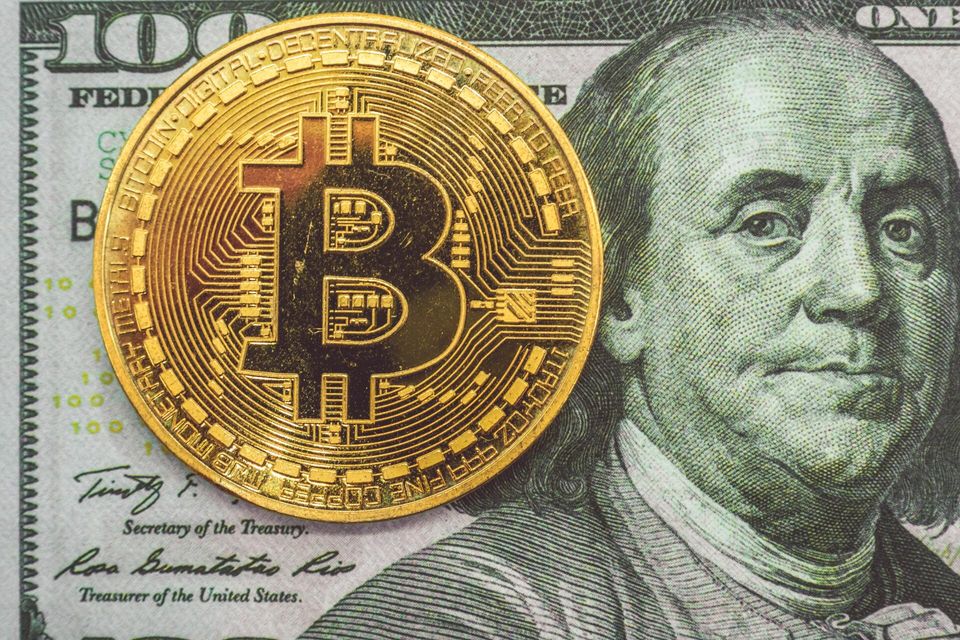Parabolic moves don't last but when will it end?
An increase in IPOs, margin debt, and bitcoin are warning signs

Parabolic moves don't last
Longer-term, the market is expensive. It has rallied 71% since the March low of 2191.86. It finished 2020 up 16.3% and has gained almost 50% over the last two years. The two-year gain is the S&P 500’s largest since 1999. Yes, 1999. The year that preceded a nasty two-year bear market. The year that saw the culmination of the dot.com bubble before its popping in 2000. Looking at a long-term chart of the S&P 500, one is struck by the parabolic move from the 2009 lows. Remember the 2007-2009 two-year bear market? Another nasty bear market that saw the S&P 500 decline by more than 50%. But back to the 10-year parabolic move that has left the S&P 500 as one of the most expensive markets ever. The important point to understand about a parabolic move is that it cannot last. Not will not last but cannot last. It is impossible for the rate of increase of a stock or market to increase forever. The odds of an end to the parabolic S&P 500 move are 100%. What is unknown is when the next significant decline will begin and how far it will go. Call it 80% to 90% likely that we experience at least a 5% to 10% decline in the first few months of the new year.
Price dictates return. The S&P 500 is expensive based on any number of well-known metrics. But what is true of the entire market is not true of all the stocks in that market. Value stocks for instance. The Russell 1000 Growth index of U.S. stocks beat the Russell 1000 Value index by 36% in 2020. It is the largest margin of outperformance on record. As a result, value has not been this cheap compared to growth since the dot.com bubble ended in 2000. Yep, we are back to the 2000-2002 bear market. Another fun fact, nearly 500 companies went public in 2020, the most since 1999. It is all anecdotal of course. Markets do not follow the immutable laws of physics. People make investment decisions, moving markets as they do. The economy changes, people learn and adapt, technology flows into the future. Human behavior does not change though. Greed is a sign of excess. We are seeing more and more signs of greed. Whether it is the increase in IPOs, margin debt, or bitcoin, the signs of greed are mounting. Call it 95% likely that we see a major bear market within the next few years.
Price discipline is essential to successful investing.
Norwood Economics is underweight bonds. They are expensive. The Federal Reserve’s quantitative easing has led to artificially low interest rates. Bonds are not trading on fundamentals. Interest rates are going up in the next few years. It is a certainty. Only the timing is in question. Morgan Stanley’s economists expect the 10-year yield to rise to 1.45% by year-end, from 0.913% at the end of 2020. They are forecasting that the 30-year will hit 2.40%, from 1.642%. Bond prices fall when interest rates rise. It does not take much of a price decline to wipe out years of cash flow when yields are this low.
Norwood Economics is waiting for a pullback in emerging markets to add more. Emerging markets should outperform the U.S. market over the next five to ten years, much as they did in the aughts. And of course, we love value. We bought energy stocks in October and pharmaceutical stocks in December. We are waiting for a pullback in financials to add four or five names. Norwood Economics even added a tech stock in October as well. There are two or three more on our shopping list, but they need to drop 10% or so before we will buy them. Perhaps that will happen during a market pullback. Price discipline is essential to successful investing.
We expect continued volatility in 2021. There is a good chance we will see another sizeable sell-off at some point. Buying good companies on sale that pay a nice dividend is a winning strategy over the long run. Continued volatility in 2021 should give us plenty of opportunities.
Regards,
Christopher R Norwood, CFA
Chief Market Strategist











